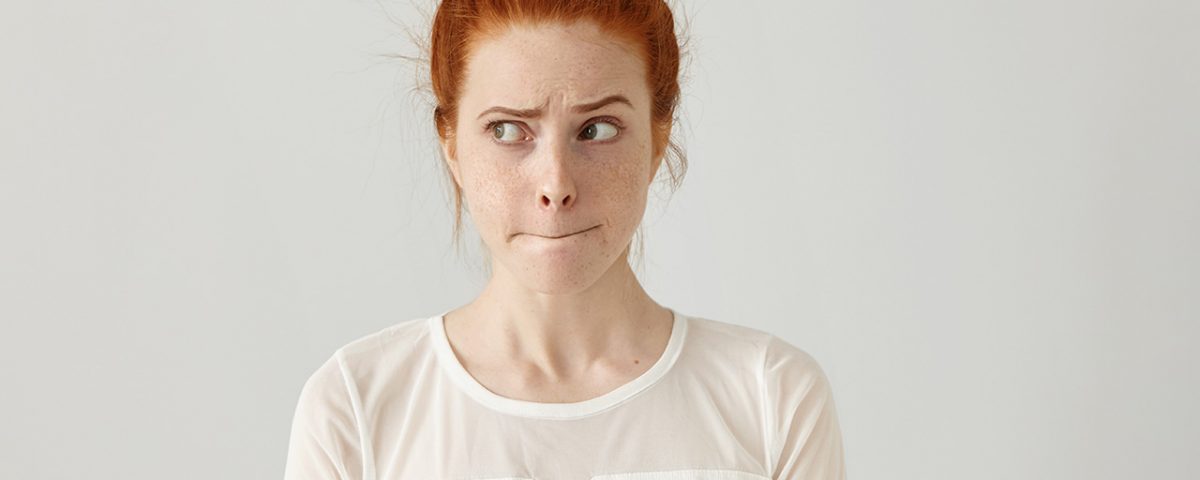Tramadol and hydrocodone are both opioids prescribed to treat pain.
All opioids work by attaching themselves to opioid receptors that live on nerve cells, blocking pain signaling between the brain and body. Opioids can also stimulate the release of neurotransmitters like dopamine and norepinephrine, elevating mood. When taken in high doses, drugs including tramadol and hydrocodone can produce a pleasurable high. When it comes to prescription opioids, sometimes people take them together accidentally or intentionally. In this case, the question our Texas rehab centers want to answer is: can you take tramadol and hydrocodone together?
Tramadol vs Hydrocodone
To understand what happens when you take hydrocodone and tramadol together, you must first know their differences and similarities. Hydrocodone (Zohydro ER) and tramadol (Ultram) are both prescription opiates or narcotics used to treat pain. However, tramadol is less potent than hydrocodone. Hydrocodone is usually reserved as an alternative to treat people who haven’t experienced pain relief from weaker opiates, such as tramadol or codeine.
Furthermore, hydrocodone and tramadol are different because the former is partially synthetic, while the latter is entirely synthetic. This means that hydrocodone is derived from the poppy plant like other narcotics but may contain some additional chemicals that boost its pain-relieving abilities. On the other hand, tramadol is entirely synthetic, meaning it’s completely man-made in a lab.
Additionally, both hydrocodone and tramadol produce similar side effects, including:
- Lightheadedness and dizziness
- Sedation
- Euphoria
- Nausea and/or vomiting
- Shortness of breath
- Stomach pain and/or constipation
- Allergic reactions or rash
- Itching
- Dependence and addiction
They work similarly by targeting opioid receptors in nerve cells that, when coupled with the natural opioid your body makes, affect pain, reward, gastrointestinal function, and respiratory function. Our bodies naturally produce opioids (endogenous opioids) to manage pain. As a result, when the body is flooded with pharmaceutical opioids like tramadol and hydrocodone, the painkilling or analgesic ability of certain regions of the brain is heightened.
However, because endogenous opioids also govern pleasure and reward, both illicit and prescription opioids are highly addictive. If you find yourself struggling to control your use of any prescription opioids or other substances, the medical detox offered at Banyan Treatment Centers Texas can help you slowly wean off of these drugs and get better.
What Schedule Are Tramadol and Hydrocodone?
Under the US Controlled Substances Act, tramadol and hydrocodone fall into different drug classes and have unique schedules. tramadol is categorized as a controlled substance under Schedule IV. In comparison to substances on higher schedules, it is thought to have a comparatively lower risk of dependence or addiction and a lesser potential for abuse. Nevertheless, to reduce any possible hazards connected with tramadol use, it is crucial to take medication as directed by a healthcare provider.
However, hydrocodone is categorized as a Schedule II controlled drug. Because of this, it is scheduled higher than tramadol, which suggests that there is a larger chance of abuse as well as dependence or addiction. Because of this, compared to tramadol, the prescription and dispensing of hydrocodone are subject to stricter laws. To make sure hydrocodone is being used safely and effectively for pain management, healthcare providers must carefully evaluate the need for it and continuously monitor its use.
Can I Take Tramadol and Hydrocodone Together?
You should not take hydrocodone and tramadol together because doing this can lead to serious side effects like seizures, respiratory depression, coma, and even death. Taking tramadol with hydrocodone also increases your risk of overdose. The most life-threatening and common symptom of overdosing on opioids is respiratory depression, which refers to shallow or ineffective breathing. This can lead to loss of consciousness, permanent brain damage, and death.
Despite the dangers of this combination, many people still take these substances together because they crave the tramadol and hydrocodone high that is produced by taking these drugs simultaneously. Some people may also use opioids with alcohol to intensify the sedative and pleasurable side effects of opioids, further increasing their risk of overdose. So those wondering “Can you take tramadol and hydrocodone together” should take caution, and must never attempt to combine the substances, especially without the guidance of a medical professional.
Additionally, for similar reasons, some people have even been known to take tramadol and Ativan together. Unfortunately, tramadol and hydrocodone interactions also include addiction. Individually, both drugs have a high potential for abuse, but when taken together, their side effects are enhanced. This includes their impact on the reward system in the brain. When a person abuses opioids or takes them in high doses, they may experience a chemically rewarding high that encourages them to continue using in the future.
The Healing Benefits of an Opioid Recovery Program
An opioid treatment program can be a lifeline for individuals struggling with hydrocodone and tramadol abuse. These programs provide a controlled and encouraging atmosphere aimed at assisting people in ending the cycle of dependency and taking back control of their lives. Having access to comprehensive medical and psychological care is one of the main healing benefits of an opioid rehabilitation program. Medication-assisted treatment (MAT) using substances like methadone or buprenorphine, which can help control cravings and withdrawal symptoms and allow patients to concentrate on their recovery process, may be part of this. To treat the root reasons for addiction, participants also receive counseling and therapy, which offers vital coping mechanisms for stress, triggers, and emotional difficulties.
Another invaluable aspect of opioid recovery programs is the sense of community and peer support they offer. Group therapy sessions and support groups offer a secure environment where people can open up to others who have gone through similar problems about their experiences, anxieties, and victories. This sense of companionship lessens the feelings of loneliness and isolation that sometimes accompany addiction by fostering a sense of understanding and belonging. Furthermore, peer accountability and support can be a potent motivator for sustaining recovery. By working together, participants in these programs build a strong foundation for long-term recovery by developing a network of support that goes beyond the treatment center.









